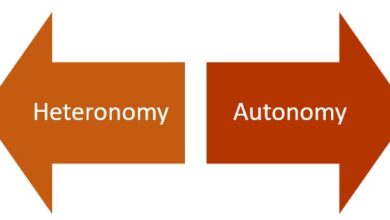What is Dignified Death definition/concept
A dignified death is the right of every person , especially a terminal patient to die with dignity without the need to undergo practices that invade your body.
To assign the right of every patient suffering from an irreversible and incurable disease and who is in the state of terminal care or decide and express their desire to reject certain procedures, including: invasive surgery, hydration, nutrition and even resuscitation artificially; this is because they are extraordinary and disproportionate in relation to the prospect of improvement and for generating even more pain and suffering for the patient.
Also known as orthothanasia , it provides a legal framework for the decision of patients and family members to end their lives when their health condition is presented as incurable and, in addition, it leaves the way open for physicians to proceed according to this decision.
Terminally ill is a term used in medicine to indicate the individual who suffers from an illness that cannot be cured and who expects death in the short term as an inevitable result.
It is generally used in the case of patients suffering from diseases such as cancer or very advanced lung and heart conditions.
The terminal phase begins when it is recommended to leave the curative treatments aside and put into practice the known palliatives, that is, those that are used to prevent the terminal patient from suffering severe pain and reaching the end of his life in the most peaceful and dignified way possible.
These palliative treatments point to the physical pains and also to the psychic symptoms that usually cause terminal illnesses.
When a patient’s life expectancy does not exceed six months, it falls within terminal patients.
One of the most difficult moments for health professionals is to communicate to the patient and their families the terminal situation of their condition, and after this communication, those involved usually go through phases ranging from denial, anger, depression and finally acceptance.
Difference with euthanasia
It should be noted that dignified death differs from euthanasia in that it does not in any way propose the advancement of the death of the patient in question, as happens with euthanasia.
In euthanasia, both the family and a health professional, among others, advance the death of the terminal patient with or without their prior consent, as they can no longer support the suffering of their condition and thus can put an end to the artificial extension of their life.
The procedure can be performed through a direct injection of drugs that induce death through the applied overdose, or else by the sudden suspension of treatment or food supply.
There are several nations that have special legislation for this type of situation, in order to regulate them legally to avoid future claims or legal problems, as is the case of the Argentine Republic, which a few years ago approved the law to reject any treatment that artificially prolongs life.
In the Argentine case, both the patient and their family members are those who can give their consent to the situation.
For euthanasia there is no legal framework, so when death is proven in this type of modality, it can be classified as homicide, aid or instigation of suicide.
Among the arguments in favor of a dignified death, we can highlight: avoid therapeutic cruelty, humanize medicine, respect the patient’s autonomy with regard to quality of life and avoid the judgment of this type of case.




